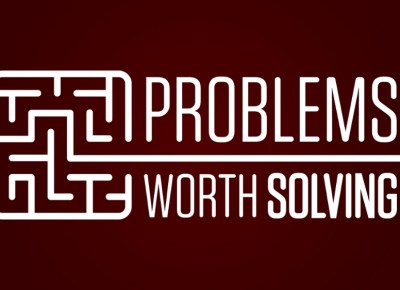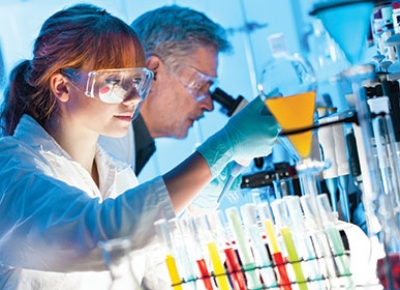Thiel Peter - Success formula from Tesla Motors
TECHNOLOGY. Tesla’s technology is so good that other car companies rely on it: Daimler uses Tesla’s battery packs; Mercedes-Benz uses a Tesla powertrain; Toyota uses a Tesla motor. General Motors has even created a task force to track Tesla’s next moves. But Tesla’s greatest technological achievement isn’t any single part or component, but rather its ability to integrate many components into one superior product. The Tesla Model S sedan, elegantly designed from end to end, is more than the sum of its parts: Consumer Reports rated it higher than any other car ever reviewed, and both Motor Trend and Automobile magazines named it their 2013 Car of the Year.
TIMING. In 2009, it was easy to think that the government would continue to support cleantech: “green jobs” were a political priority, federal funds were already earmarked, and Congress even seemed likely to pass cap-and-trade legislation. But where others saw generous subsidies that could flow indefinitely, Tesla CEO Elon Musk rightly saw a one-time-only opportunity. In January 2010—about a year and a half before Solyndra imploded under the Obama administration and politicized the subsidy question—Tesla secured a $465 million loan from the U.S. Department of Energy. A halfbillion-dollar subsidy was unthinkable in the mid-2000s. It’s unthinkable today. There was only one moment where that was possible, and Tesla played it perfectly.
MONOPOLY. Tesla started with a tiny submarket that it could dominate: the market for high-end electric sports cars. Since the first Roadster rolled off the production line in 2008, Tesla’s sold only about 3,000 of them, but at $109,000 apiece that’s not trivial. Starting small allowed Tesla to undertake the necessary R&D to build the slightly less expensive Model S, and now Tesla owns the luxury electric sedan market, too. They sold more than 20,000 sedans in 2013 and now Tesla is in prime position to expand to broader markets in the future.
TEAM. Tesla’s CEO is the consummate engineer and salesman, so it’s not surprising that he’s assembled a team that’s very good at both. Elon describes his staff this way: “If you’re at Tesla, you’re choosing to be at the equivalent of Special Forces. There’s the regular army, and that’s fine, but if you are working at Tesla, you’re choosing to step up your game.”
DISTRIBUTION. Most companies underestimate distribution, but Tesla took it so seriously that it decided to own the entire distribution chain. Other car companies are beholden to independent dealerships: Ford and Hyundai make cars, but they rely on other people to sell them. Tesla sells and services its vehicles in its own stores. The upfront costs of Tesla’s approach are much higher than traditional dealership distribution, but it affords control over the customer experience, strengthens Tesla’s brand, and saves the company money in the long run.
DURABILITY. Tesla has a head start and it’s moving faster than anyone else—and that combination means its lead is set to widen in the years ahead. A coveted brand is the clearest sign of Tesla’s breakthrough: a car is one of the biggest purchasing decisions that people ever make, and consumers’ trust in that category is hard to win. And unlike every other car company, at Tesla the founder is still in charge, so it’s not going to ease off anytime soon.
SECRETS. Tesla knew that fashion drove interest in cleantech. Rich people especially wanted to appear “green,” even if it meant drivinga boxy Prius or clunky Honda Insight. Those cars only made drivers look cool by association with the famous eco-conscious movie stars who owned them as well. So Tesla decided to build cars that made drivers look cool, period—Leonardo DiCaprio even ditched his Prius for an expensive (and expensive-looking) Tesla Roadster. While generic cleantech companies struggled to differentiate themselves, Tesla built a unique brand around the secret that cleantech was even more of a social phenomenon than an environmental imperative.









